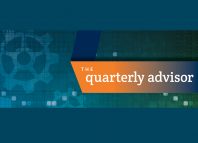Welcome! Login in to your account
Register for an account
A password will be e-mailed to you.
Recover your password
Home Tags Posts tagged with "Frequently Asked Questions and Answers for Paycheck Protection Program Loans"
Frequently Asked Questions and Answers for Paycheck Protection Program Loans
No posts to display
© 2021 - Rehabilitation & Community Providers Association








